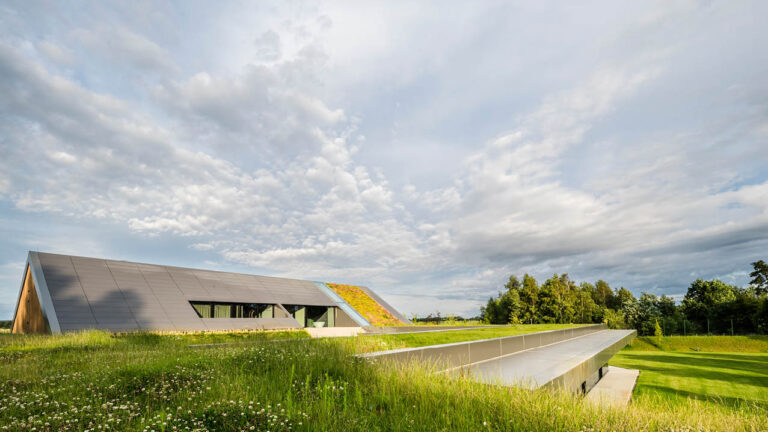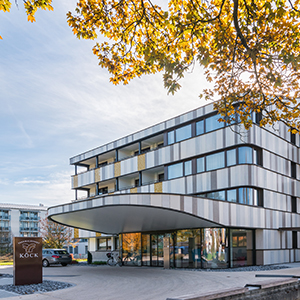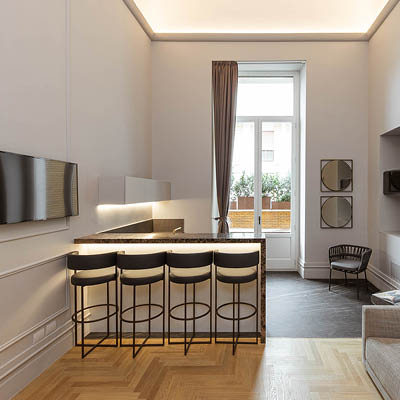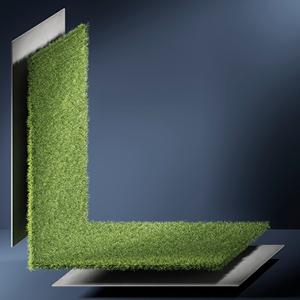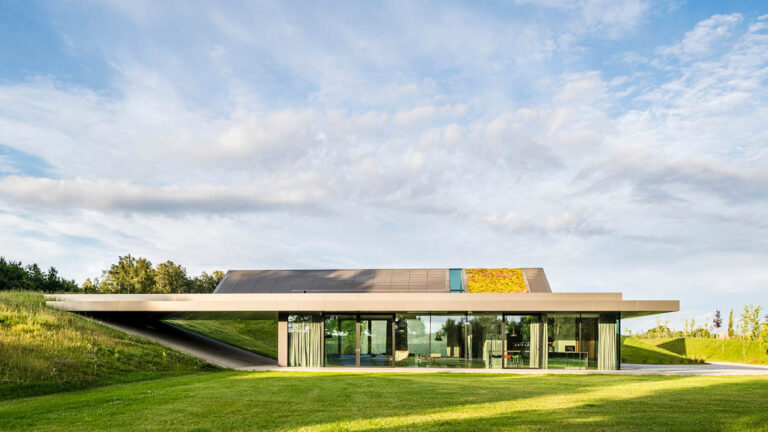
The superior performance of Laminam ceramic surfaces make them ideal for façades that provide soundproofing and energy efficiency.
Revolutionising the design of building façades with extremely lightweight, large size, minimum thickness ceramic slabs: this is what makes Laminam a sector leader, known throughout the world thanks to its ability to blend creativity with technological innovation. The application of Laminam ceramic slabs for architectural façades has opened up exciting new horizons in terms of aesthetics, engineering, logistics and environmental sustainability.
There are three technical methods for cladding the exterior walls of a building: on external plastered cladding, with an insulation system, and the ventilated façade. This third solution creates a space between the cladding and the building’s exterior wall, thus ensuring the greatest acoustic and thermal insulation as well as maximum longevity of the materials used for the outer walls, as they are protected from natural corrosion caused by the elements.
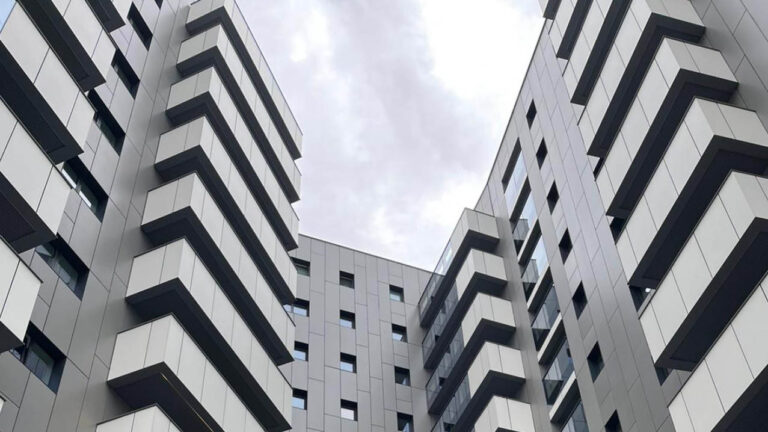
The ventilated façade, a kind of second skin for the building, is the ultimate solution adopted by designers whose line of professional conduct is geared around bioarchitectural principles. It makes it possible to maximise the energy efficiency of buildings, making them extremely sustainable from an environmental point of view.
In winter, the gap between the external wall and the metal supporting structure of the ventilated façades helps to thermally insulate the building. While in summer, the stack effect ensures less overheating of the building exterior and therefore a decrease in the use of air conditioning, resulting in a reduction in both consumption and polluting emissions in the atmosphere.
In addition, ventilated façades offer much greater versatility of use as they can also be adapted to existing buildings without the need for radical architectural intervention on the external walls. The reduced thickness, light weight, and large sizes of Laminam ceramic slabs, reinforced with a layer of fiberglass on the reverse, make them easy to install. It also means transport needs, logistical costs and operating times are reduced, minimising the impact on the environment as a result.
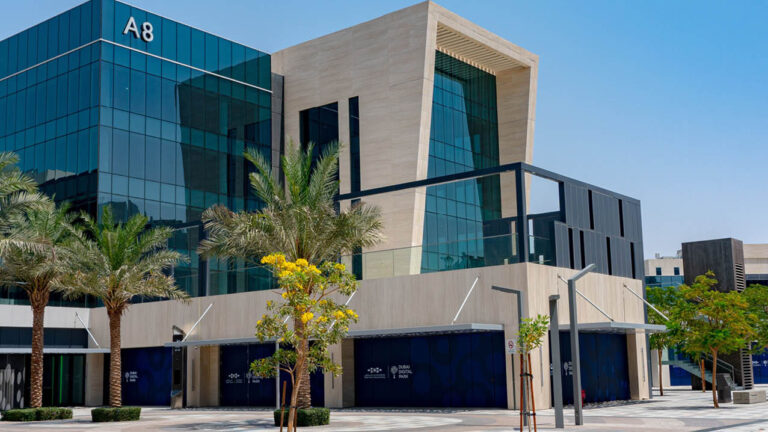
The installation of the selected finishes on the metal supporting structure, constructed along the outer perimeter of the buildings and anchored to them, can be carried out by mechanical or chemical means. Helping to identify the most suitable solution is part of the architectural and engineering consulting services offered by Laminam’s Project Engineering department, which provides support during both the selection of materials and application.
Due to the advantages it confers, the conversion of an existing building’s elevation to a ventilated façade can also increase the value of the property. This activity is currently included among the works which benefit from both the ‘Bonus Facciate’ scheme now in force, which offers a 90% deduction for costs incurred in the restoration or refurbishment of the exterior walls of buildings, and the 110% ‘Superbonus’ scheme for thermal insulation works on external cladding (on the Italian territory).
As well as the application benefits mentioned, the intrinsic technical characteristics of Laminam ceramic slabs make them particularly suited for use as exterior cladding. They are highly resistant to mechanical stress, chemical products, wear and abrasion. They also inhibit the growth of microorganisms, are anti-absorbent, and are resistant to thermal shock and UV rays. This means that over time neither their size nor colour will be altered.
Laminam’s vast catalogue, which includes surfaces inspired by natural stone, wood, silk, metal, lime and cement, offers a rich and varied range of stylistic and material solutions to satisfy every aesthetic and tactile need. Thanks to its research- and perfection-oriented approach, Laminam is able to offer brand-new, natural, eco-friendly ceramic surfaces manufactured with sustainable industrial processes, giving architects the freedom to design the world of tomorrow, their imagination the only limit.
